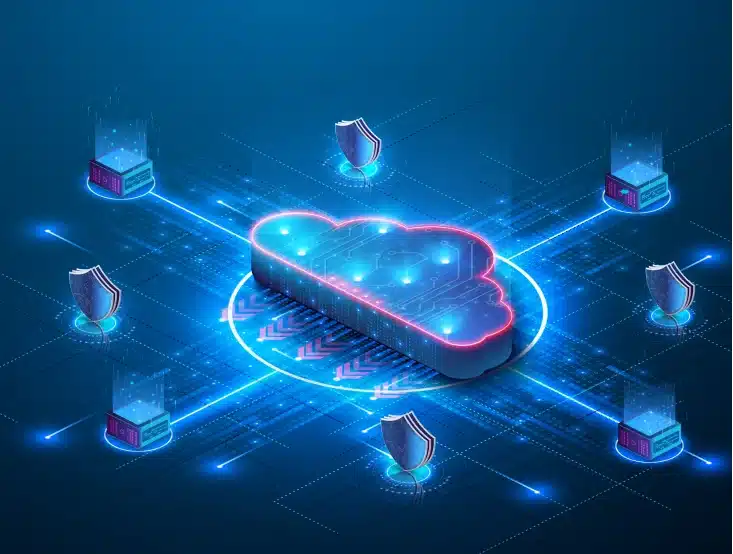C
- Chatbots
- CI/CD Tools
- Cloud Configuration
- Cloud Consulting
- Cloud Infrastructure
- Cloud Managed Services
- Cloud Management
- Cloud Migration Solutions
- Cloud Security
- Cloud Workspace
- Code Analysis Tools
- Compliance
- Configuration Management
- Container Security
- Continuous Delivery (CD)
- Continuous Deployment
- Continuous Integration (CI)
- Continuous Monitoring
- Conversational AI
- Credential Management
- Cross-Site Scripting (XSS)
- Cryptography Compliance Audits
- Customer Experience Strategy
- Customer Intelligence
- Cyber Security
Software Defined Networking (SDN)
Simple Definition for Beginners:
Software Defined Networking (SDN) is a technology that allows for centralized management and control of network infrastructure using software-based controllers.
Common Use Example:
In SDN, network administrators can use a central controller to dynamically configure and manage network resources, such as switches and routers, based on application needs.
Technical Definition for Professionals:
Software Defined Networking (SDN) is an architecture that separates the control plane from the data plane in networking devices. Key components of SDN include:
- Controller: A central software-based controller that manages and configures network devices.
- Separation of Control and Data: The control plane, responsible for network management decisions, is decoupled from the data plane, which handles data forwarding.
- Programmability: SDN enables programmable network configurations and policies, allowing for automation and agility.
- Open APIs: SDN provides open APIs that allow third-party applications and services to interact with the network infrastructure.
- Virtualization: SDN can virtualize network resources, making it easier to scale and manage large networks.


